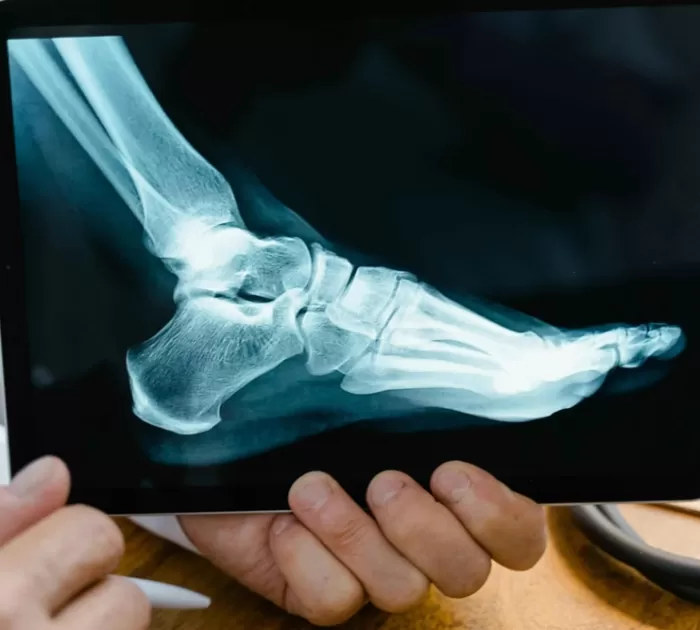Recognising and Managing Plantar Fasciitis During Menopause
Recognising plantar fasciitis involves understanding its symptoms—typically a sharp pain in the heel, especially noticeable in the mornings or after periods of inactivity. However, the key to managing plantar fasciitis during menopause lies in addressing the root causes, including hormonal imbalance, weight changes, and lifestyle factors. Here are some effective strategies:
- Supportive Footwear and Orthotics
Wearing proper, supportive footwear is one of the easiest and most effective ways to alleviate the symptoms of plantar fasciitis. Look for shoes with cushioning and arch support to help distribute weight evenly and reduce pressure on the plantar fascia. Custom orthotic inserts can provide additional support, especially for those with flat feet or other structural changes.
- Stretching and Strengthening Exercises
Regular stretching can help maintain flexibility in the plantar fascia, Achilles tendon, and calf muscles. Stretching exercises, such as calf stretches or using a towel to stretch the arch of the foot, can alleviate tension in the plantar fascia. Additionally, strengthening exercises for the foot and lower leg can help improve stability and support the arch, reducing the load on the plantar fascia.
- Weight Management and Diet
Maintaining a healthy weight is crucial in managing plantar fasciitis, as it helps to reduce the stress placed on the feet. A balanced diet rich in anti-inflammatory foods, such as leafy greens, berries, and omega-3 fatty acids, can support overall musculoskeletal health and may help to reduce inflammation in the plantar fascia. Avoiding processed foods and excess sugar is also beneficial, as these can contribute to inflammation.
- Hormone Replacement Therapy (HRT)
Hormone Replacement Therapy (HRT) may help mitigate some of the musculoskeletal effects of declining oestrogen. By restoring oestrogen levels, HRT can support collagen production and connective tissue health, potentially reducing the risk of plantar fasciitis. However, HRT is not suitable for everyone, and women should discuss the risks and benefits with their healthcare provider to determine if it is the right choice for them.
- Physiotherapy and Professional Interventions
Physiotherapy can be highly effective in treating plantar fasciitis. A physiotherapist can guide menopausal women through exercises that improve flexibility and strengthen the muscles supporting the arch of the foot. In some cases, additional treatments such as shockwave therapy or corticosteroid injections may be recommended to reduce inflammation and promote healing, but these should be approached with caution, particularly for those with weakened bones.
Preventative Measures for Plantar Fasciitis
Preventing plantar fasciitis during menopause involves being proactive about foot health. Here are some preventative measures to consider:
- Stay Physically Active: Engaging in regular, low-impact activities like swimming, walking, or yoga can help maintain muscle strength and joint flexibility without putting too much strain on the feet.
- Incorporate Stretching into Daily Routine: Regular stretching of the feet and calf muscles can help maintain the elasticity of the plantar fascia, reducing the risk of strain.
- Choose Footwear Wisely: Avoid high heels or unsupportive footwear. Invest in shoes with good arch support and cushioning to protect the feet from unnecessary strain.
- Maintain a Healthy Weight: Keeping your weight within a healthy range will help reduce the pressure on your feet and decrease the risk of plantar fasciitis.

